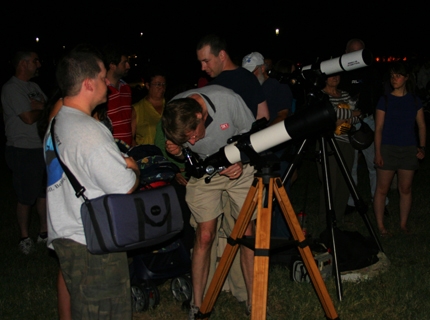Transparency is one thing you want to be familiar with when you observe astronomical objects with your telescope. When observing the sky with a telescope, what you will see will depend on viewing conditions, the transparency conditions and of course, the features of the equipment you are using. Viewing conditions are affected by how air cells in the atmosphere move.

Transparency, on the other hand, is the clarity of the objects you are observing. The problem is that there are various atmospheric phenomena which can adversely affect its transparency. One notable phenomenon is the presence of Auroras. When the air mass is humid, sky transparency is reduced. Another notable example is pollution, which can distort sky transparency. Too much light or light pollution can also result to poor transparency because of an overly bright background. Even thin and high altitude clouds can affect sky transparency.
Observation centers use varying scales to indicate sky transparency. Some observatories use the 6-color scale where dark-blue equates excellent sky transparency, medium blue stands for above-average, light blue is for average, pale blue is for poor sky transparency, grey is for very poor transparency and white for a cloudy sky. Others use 1-7 scale, using the presence or quality of clouds and the types of celestial bodies that can be observed (such as the Milky Way and certain constellations) to designate transparency levels.
Note that transparency and atmospheric conditions are not the sole reasons why objects appear dim. Your equipment's magnification, resolving and light-gathering abilities are also important. Nonetheless, if you are an amateur sky observer or astronomer, it is important to consider transparency-related forecasts
